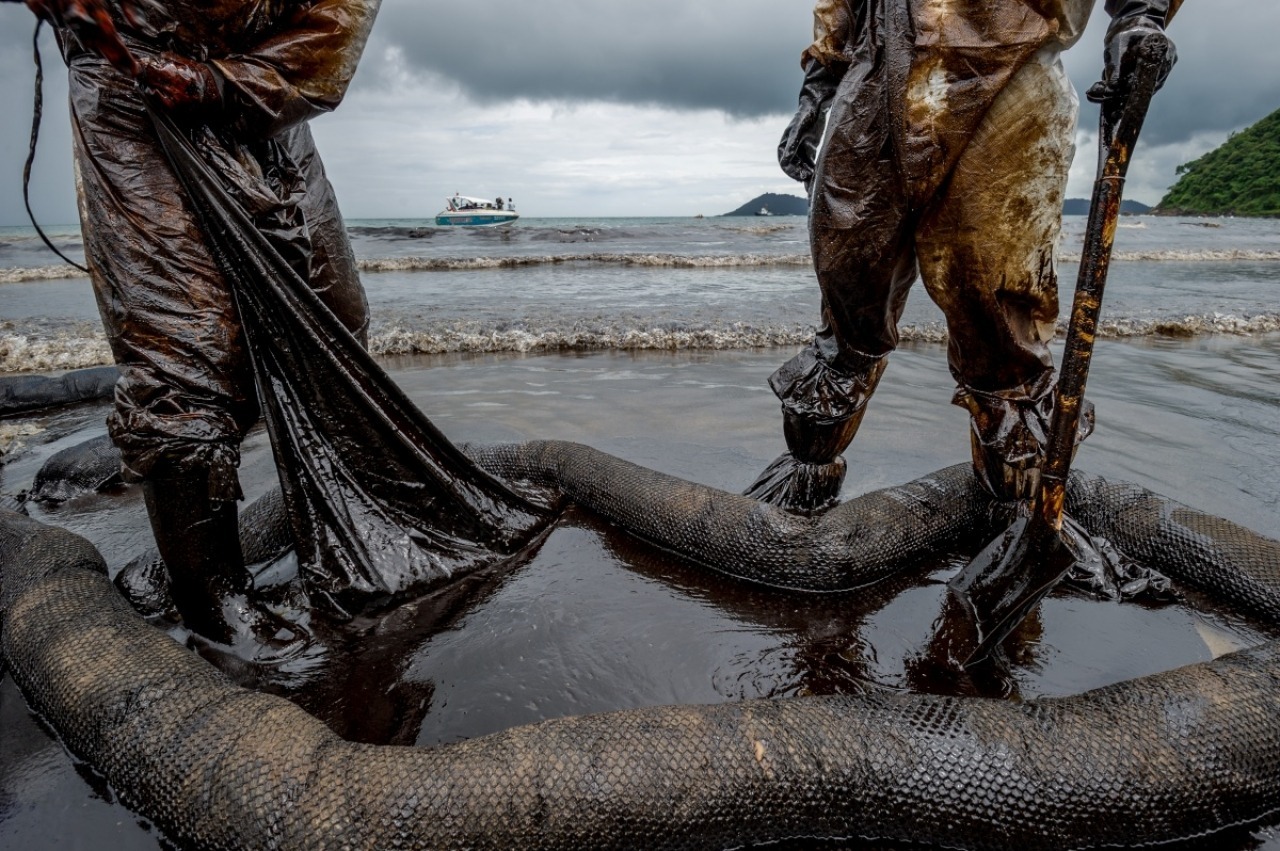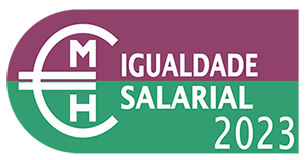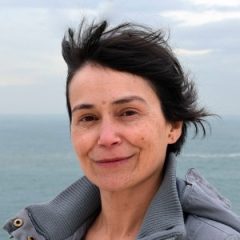
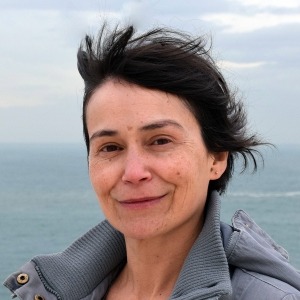
Group Leader
Irene Martins (PhD in Ecology) is the Principal Investigator of the Marine Ecosystem team of CIIMAR (MEMO). Her research focuses the development of ecological models of organisms, populations and marine ecosystems, aiming at understanding their dynamics and predict their variations over time and space, induced by several stressors (e.g., climate change, plastics, pharmaceuticals, pollutants, IAS). She is interested in multidisciplinary approaches to marine ecosystems, through the integration of different numerical tools and IT solutions (ecological, hydrodynamic, socio-economic models, GIS, APP, etc.), that can result in valid frameworks to support the sustainable development and preservation of these ecosystems.

